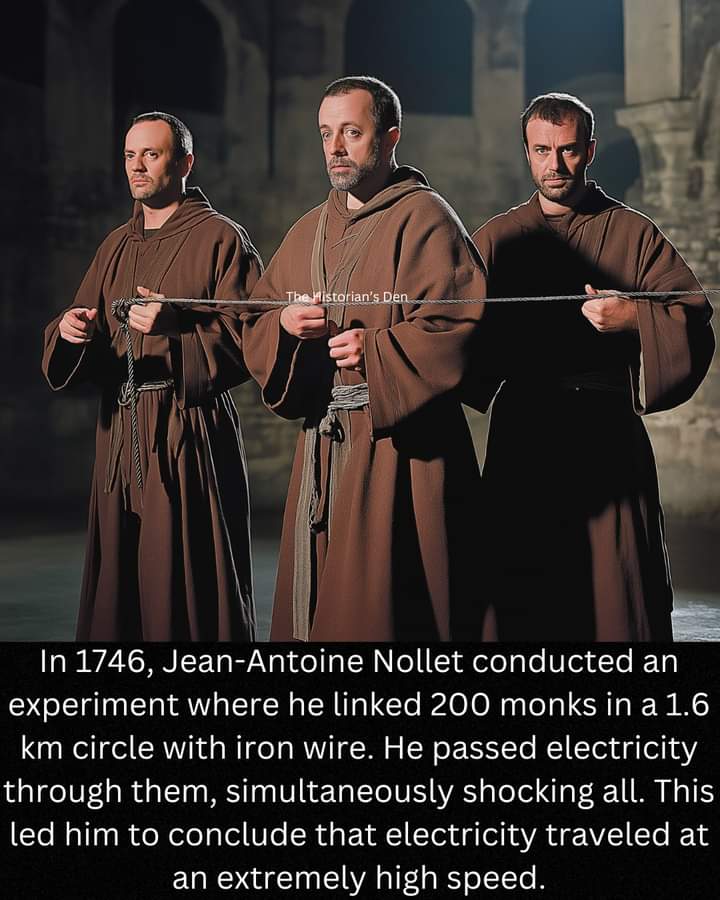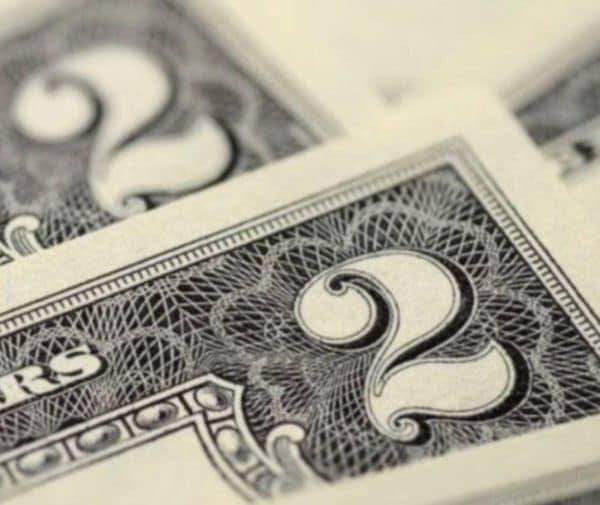Jean-Antoine Nollet, a French clergyman and physicist, was deeply fascinated by the emerging field of electricity in the 18th century. His interest led him to join the Société des Arts, where he collaborated with prominent scientists like Du Fay and Réaumur. Nollet’s work was characterized by dramatic and illustrative experiments designed to demonstrate the principles of electricity. One of his most famous experiments took place in 1746, where he arranged for 200 monks to form a circle, linked by iron wire. By discharging a Leyden jar through this human chain, Nollet observed that all the monks were shocked simultaneously, leading him to conclude that the speed of electricity was extremely high.
This experiment was part of Nollet’s broader efforts to popularize and explain scientific concepts to the public. He was known for his engaging lectures and demonstrations, which often involved elaborate setups to captivate his audience. Nollet’s contributions extended beyond electricity; he also made significant discoveries in osmosis and other areas of physics. His work laid the groundwork for future scientific exploration and helped to establish experimental physics as a respected discipline in France.


